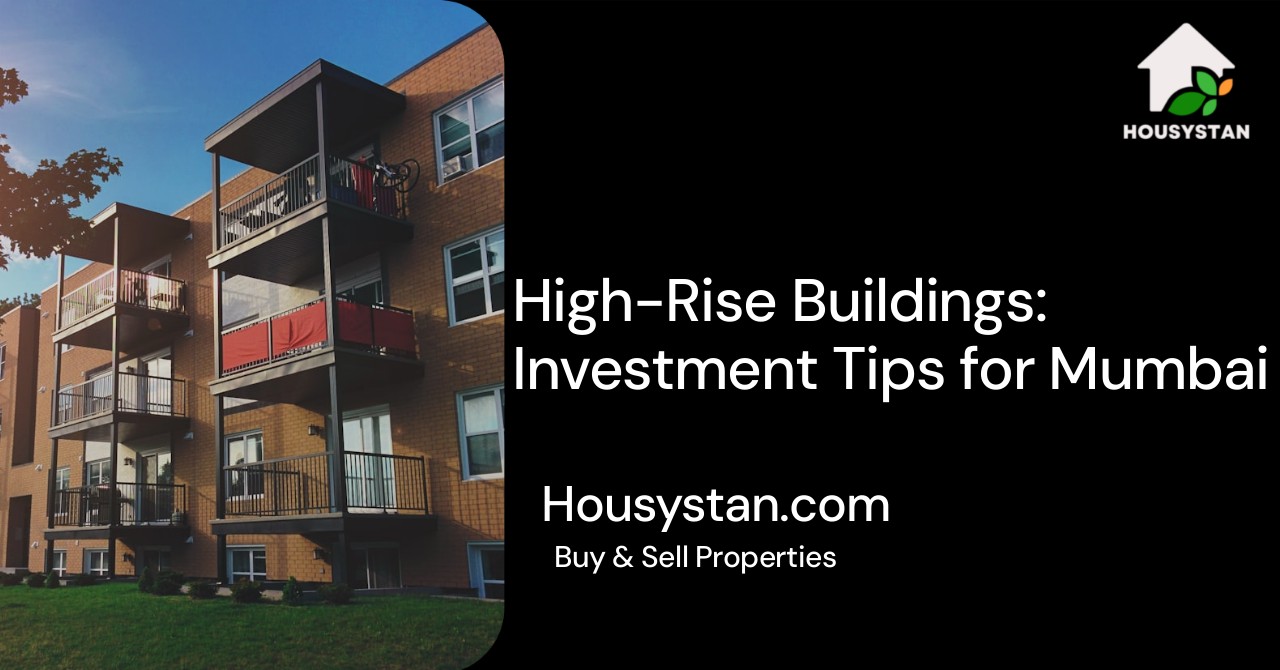High-Rise Buildings: Investment Tips for Mumbai
Read latest blogs and articles from Housystan

The Information mentioned here was last updated on:
14/12/2025High-rise buildings in Mumbai represent some of the most attractive real estate opportunities in India’s financial capital. Whether you are a seasoned investor or entering the property market for the first time, understanding the nuances of investing in Mumbai’s vertical skyline is crucial. Mumbai’s rapid urbanization, limited land supply, and ever-increasing demand for premium residential and commercial spaces have made high-rise properties an appealing choice for both local and global investors.
When considering investment in Mumbai’s high-rise buildings, location is the foremost factor. Neighborhoods such as Bandra, Worli, Lower Parel, Powai, and Andheri are renowned for their connectivity, infrastructure, and lifestyle amenities. Properties in these localities tend to appreciate faster due to proximity to business districts, educational institutions, entertainment hubs, and healthcare facilities. For optimal returns, prioritize projects with easy access to metro stations, expressways, and upcoming infrastructure projects like the Mumbai Coastal Road or Metro Line expansions.
Another key consideration is the reputation of the developer. Mumbai’s real estate market is home to numerous acclaimed builders who deliver projects with high-quality construction, modern amenities, and timely possession. Researching the track record, completed projects, and customer reviews of developers ensures that your investment is secure and future-ready.
- Verified Tenants/Buyers
- Unlimited Property Listing
- Zero subscription/charges fee
High-rise buildings in Mumbai often feature world-class amenities such as swimming pools, gyms, landscaped gardens, multi-tier security, and dedicated parking spaces. These features not only enhance the living experience but also boost rental and resale value. Opt for projects that offer robust maintenance services and sustainable features like rainwater harvesting, solar panels, and energy-efficient designs to attract eco-conscious buyers and tenants.
Legal due diligence is paramount when investing in Mumbai’s high-rise properties. Ensure that the project has proper approvals from municipal authorities, clear land titles, and adherence to RERA regulations. Engaging a reliable real estate consultant or legal advisor can help navigate the documentation process and avoid potential pitfalls.
Finally, consider the long-term growth prospects of the selected area. Analyze market trends, anticipated infrastructure developments, and rental demand to make an informed decision. With strategic planning and thorough research, investing in high-rise buildings in Mumbai can lead to substantial financial growth and long-lasting value.